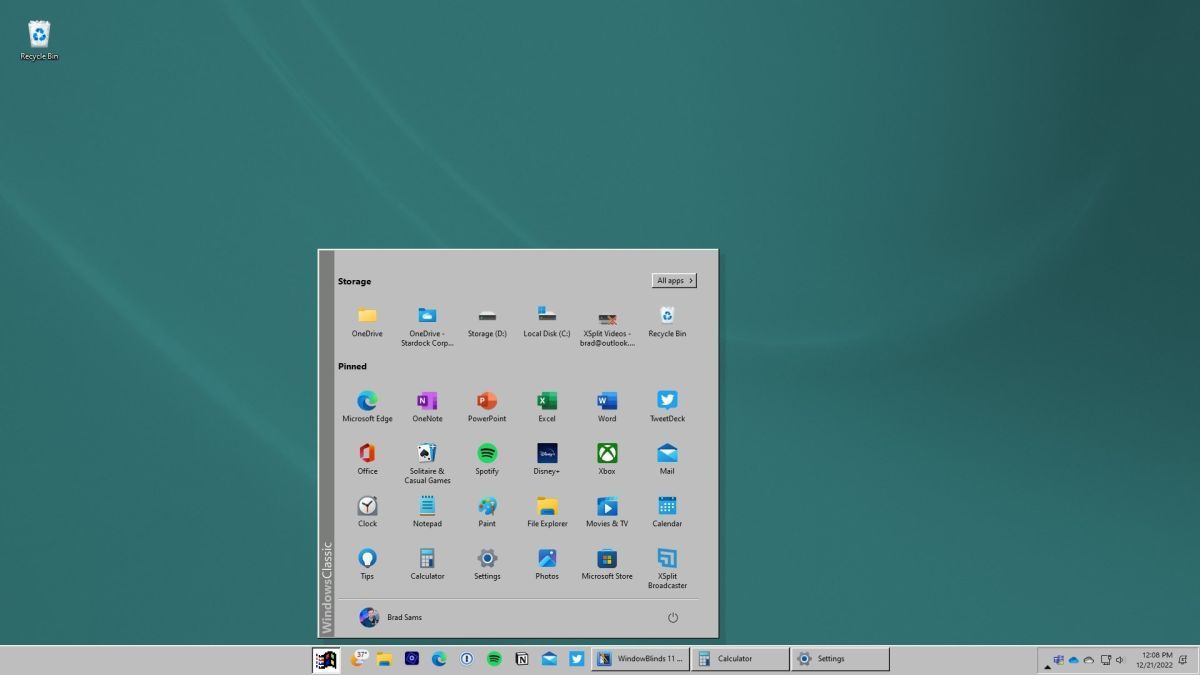Windows 95, Vista, XP, and more can now get updates, but not from Microsoft
What you need to know
You can now access updates to classic Windows versions via the Windows Update Restore website.
The website isn't affiliated with Microsoft.
The team behind the project has indicated that the goal behind these updates is for "archival purposes only."
Windows Update Restore doesn't restore the Automatic Update feature function.
Windows 11 has been available for nearly two years, though not everyone runs their PC on the operating system. Perhaps, because of Microsoft's "strict" minimum system requirements, preference for classic Windows versions, and many other reasons.
Whatever the case, Microsoft doesn't push updates to classic Windows versions anymore. Quite frankly, this can be frustrating. As you're well aware, security updates are crucial to ensure that your data and personal files are safe from attacks. The same can be said about feature updates, which bring a refreshed and modern design to the operating system.
Luckily, not all hope is lost for users running classic Windows versions on their PCs. As spotted by our sister site, Tom's Hardware, users can access "ancient" Windows Update pages via the Windows Update Restored website.
This means that if you're still running on classic Windows versions, such as Windows 95, NT 4.0, 98, Me, 2000, and XP, you'll now be able to get Windows Update as you would when running a supported Windows version.
Notably, the folks behind the project have indicated that the website is not affiliated with Microsoft. They go on to stress that interested parties should ensure that they back up their data to avoid the loss of important information and files in the event that the process doesn't run as intended.
The main purpose this project hopes to achieve is for "archival." The minds behind the project further indicated that the project isn't designed to prevent people from upgrading to newer, supported operating systems. Although you'll now get security updates in classic Windows versions, attackers leverage sophisticated techniques to compromise your systems. Techniques that older Windows versions might not necessarily be able to counter.
Ever since 2011 when Microsoft pulled the plug on nearly all the Windows Update websites, the Windows Update feature for older Windows operating systems was no longer functional. The only way to install updates after that point was through external third-party installers which didn't cover all the updates that the operating system would fully support. So, with this project, we can now update operating systems as old as Windows 95 all the way through Windows XP RTM like we used to back in the day. Windows Update Restored
The team has also shared a video on their website illustrating how the update process should ideally work. Through the website, you'll be able to access security updates, optional updates, driver updates, and other types of software.
It's also worth noting that the website only restores the Windows Update website, but not the Automatic Updates feature, as expected. Your device should also sport Internet Explorer 5.0 or above, but Windows Update Restored recommends Internet Explorer 5.5.
Similarly, Stardock has made significant strides toward keeping classic Windows versions like Windows 95 alive. At least as far as the aesthetic appeal is concerned. Last year, the company shipped a new OS version WindowBlinds 11, which can configure Windows 11 and make your PC look like it's running Windows 95.
This is a great feat, especially for users who still run their PCs on these classic Windows versions. Notably, the team behind the site is likely going to expand its reach to other operating systems that are no longer supported, such as Windows Server 2003 and more, since they are already featured on the site's compatibility page:
"This website restores the Windows Update v3.1 website (1997), and in the future, Windows Update v4 (2001), and Windows Update v5 (2004). This website allows you to update your Windows 95 system, Windows 98 First Edition and Second Edition systems, Windows ME System, and in the future Windows 2000 Systems, and Windows XP systems. Server versions are also supported."
Source: Windows Central


